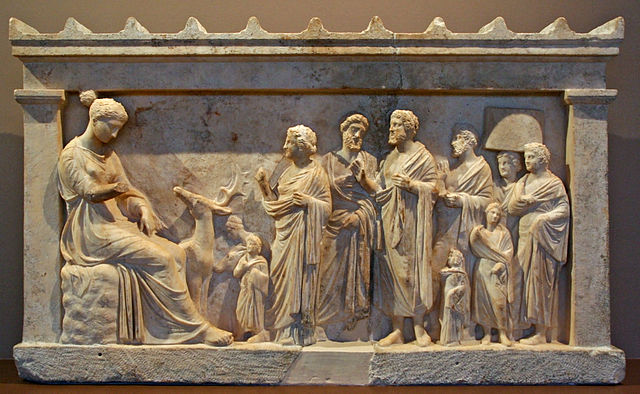5.1. Path parameters¶
Each path page offers a set of text boxes for entering the math expressions associated with each of the path parameters. A path parameter is a math expression that is used to evaluate one of the terms in the EXAFS equation for that path.
label
This is a text string that is used to identify the path. It is used in the log file and in other places. ARTEMIS generates a useful string from the contents of the path, including the nominal path length, the degeneracy, and the number of legs of the path.
N
The coordination number. This must be a pure number. It may not be a math expression or a variable. This is choice made in ARTEMIS to avoid confusion between N and S02.
Typically, this is the path degeneracy. Another common value for N is 1, in which case the coordination number is handled by the math expression for S02.
S02
Nominally, this path parameter represents the amplitude reduction factor S02. In practice, it is used for all aspects of the fitting model that effect the amplitude of the path. If you have guess parameters or def parameters that represent, for example, a dopant or vacancy concentration or an unknown coordination number, those parameters are used as parts of the math expression for this path parameter.
ΔE0
This is an adjustment to the E0 used to evaluate the wavenumber of the theory. As a fitting parameter, it is useful to think of ΔE as the parameter which aligns the energy (or wavenumber) grids of the data and the theory.
ΔR
This is an adjustment of the half path length of the path. For a single scattering path, it is an adjustment of the inter-atomic distance.
σ2
The mean square variation in path length. In practice, this parameter often encapsulates both static and thermal disorder.
Ei
An adjustment to the “imaginary energy”. This is a way of encapsulating an adjustment to the mean free path length of the photo-electron. A guess parameter for Ei is, in general, highly correlated with other amplitude terms.
3rd
A third cumulant for the path. This is a skew deviation from Gaussian disorder for the scattering path. A guess parameter for the third cumulant will be highly correlated with ΔR and ΔE:sub:0.
4th
A fourth cumulant for the path. This is a curtosis deviation from Gaussian disorder for the scattering path. A guess parameter for the fourth cumulant will be highly correlated with σ2 and other amplitude parameters.
There is discussion of working with path parameters and math expressions in the next section and in the section on GDS parameters.
DEMETER is copyright © 2009-2016 Bruce Ravel – This document is copyright © 2016 Bruce Ravel
This document is licensed under The Creative Commons Attribution-ShareAlike License.
If DEMETER and this document are useful to you, please consider supporting The Creative Commons.
